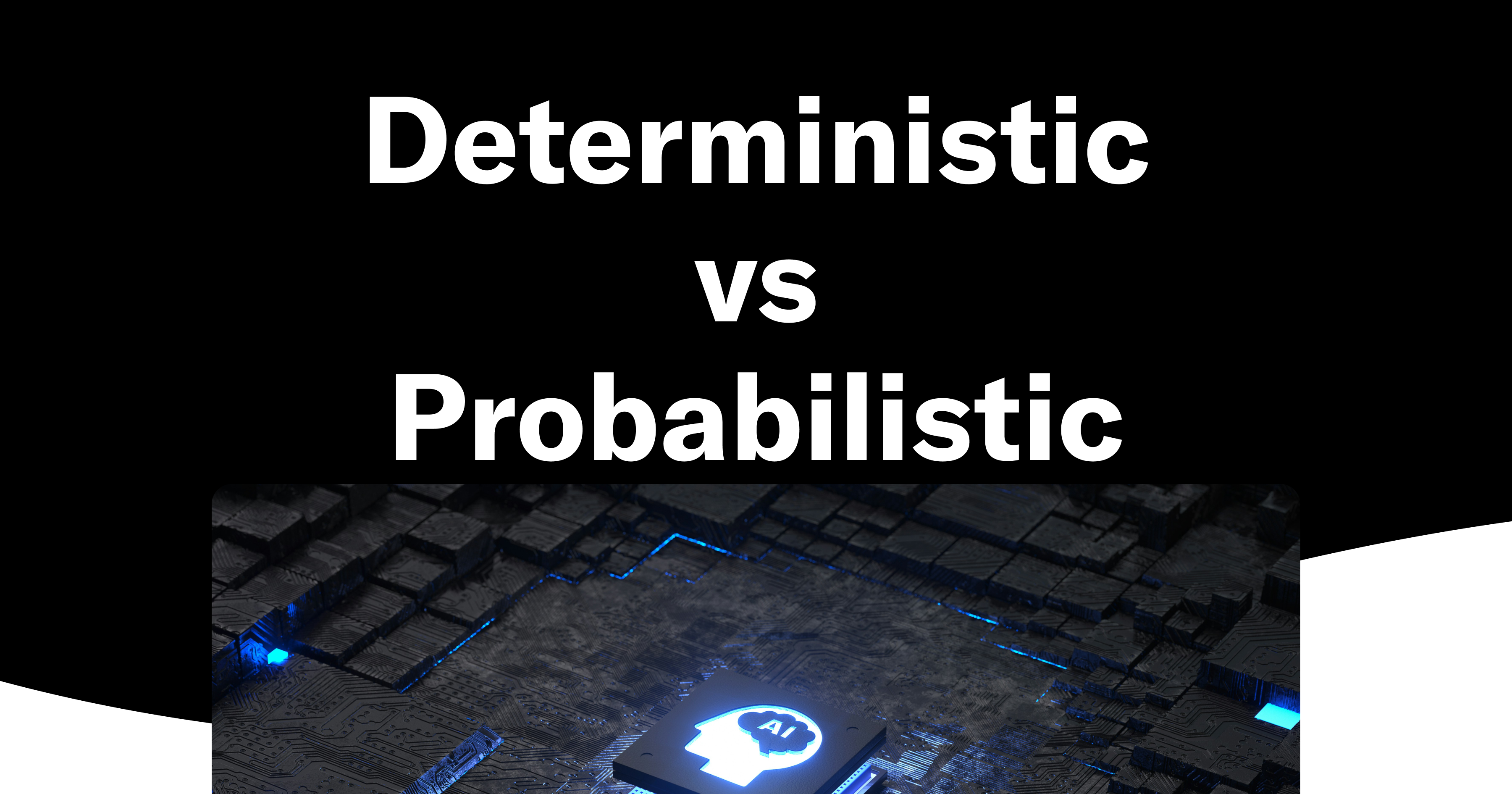
In 2018 Justin Trudeau infamously said, “The pace of change has never been this fast, yet it will never be this slow again.”
In 2025 alone, OpenAI moved from o3-mini to their new flagship GPT-5. Single-task, browser-based Operator Agents evolved into today’s multi-step ChatGPT Agents. Companies like Loveable have reported both revenue and user growth unimaginable just 12 months ago. Yet, paradoxically, the growth we’ve seen in 2025 will look gentle compared to what’s yet to come.
Our top 5 articles
These are the articles we find helpful to understand what is possible with AI today - from the people involved in building the models.
- Andrej Karpathy: Software Is Changing (Again)
This is a 40 minute presentation from the co-founder of Open AI on where AI is now. It's the most simple, concise, and digestible explanation we've seen yet. - Demis Hassabis: AI will be 10 times bigger than the Industrial Revolution
Practical insight from Google’s Deepmind CEO on the potential of AI. It mixes optimism with caution around the risks and potential outcomes of the technolog. - Using AI Right Now: A Quick Guide
Picking the right model and when it's worth paying for full access - The Question I Ask Myself Before I AI
Explains how much context you should give AI and when you need to monitor a task or just let it run. - The ultimate guide to writing effective AI prompts
There’s no secret sauce for writing a good prompt, only trial and error. This guide helps to shorten ths cycle.
What we took away from them
- Experiment seriously, don’t just dabble
It's from actually using and building with AI that you develop an intuition regarding its capabilities - Stay informed
The rate of change is unprecedented, any judgement you form will quickly become outdated. - If you want good answers, give good context
ChatGPT, Claude, and Grok are all great at filling in the gaps, but if you want accurate, specific outputs on financial data you need to give the right context. This can be as simple as clarifying what abbreviations like Dr. & Cr. stand for, or your line of business. - Be clear about what you want
Reconcile the transactions in these files and tell me what’s missing’ isn’t enough to get a trustworthy answer. Be specific about which columns, rows, or cells need to be analysed, the types of transactions, and what reconciliation means in this doc. - Give step-by-step directions
Once you’ve defined the job, outline the approach (steps, constraints, acceptance criteria). This makes it easier to control how the task is done and to see where the process went wrong if the result isn’t what you expected.





